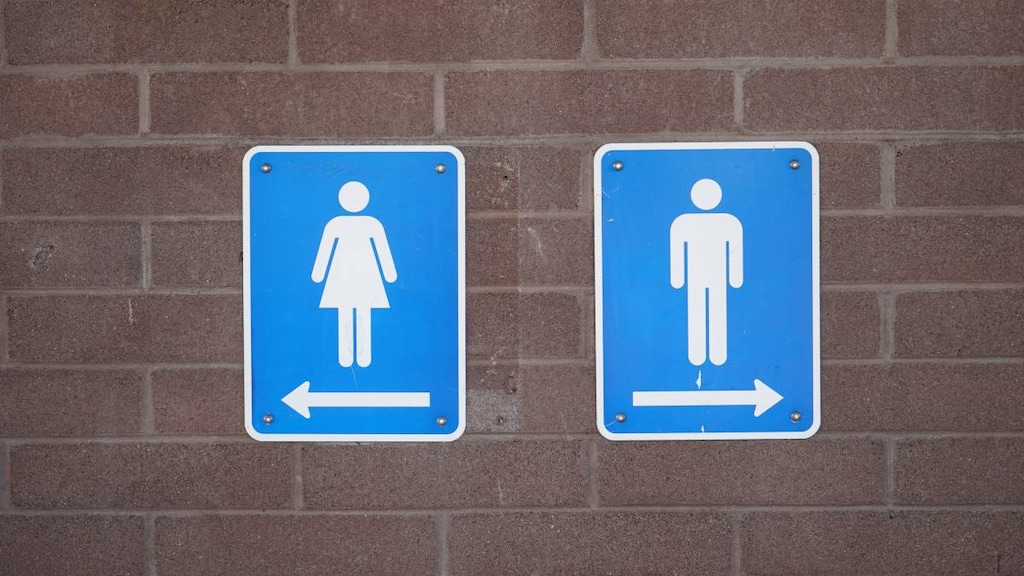Are urinary tract infections (UTIs) contagious?

Urinary tract infections (UTIs) are not generally considered to be contagious, despite sexual activity increasing your risk of them. They are most commonly caused by a bacteria called Escherichia coli (E. Coli), which lives in your gut. However, other bacteria can also cause infections of the urinary tract and in a small number of cases UTIs are caused by fungi and viruses.
UTIs are commonly caused by bacteria that is already present in your body, rather than an infectious agent you pick up from a toilet seat or sexual partner.
What is the urinary tract?
The urinary tract is part of our plumbing system that produces and removes urine or pee from our bodies.
The urinary tract is made up of:
- Kidneys. Two bean-shaped organs called kidneys sit just below your ribcage on either side of your spine. They filter your blood to remove waste and excess fluid, which results in the production of urine.
- Bladder. The bladder is an organ that acts as a reservoir of holding tank for the urine that is produced by your kidneys. It sits in your pelvis between your hip bones.
- Ureters. Ureters are the tubes that carry urine from your kidneys to your bladder.
- Urethra. The urethra is the tube that runs from your bladder to the outside of your body, through which your urine exits your body when you urinate or pee.
How do urinary tract infections usually develop?
Infections of the lower urinary tract, which is made up of the bladder and urethra, are the most common site of a UTI. They typically develop when bacteria from the gut enters through the urethral opening and moves up to infect the bladder.
Infections of the lower urinary tract are more common in women than men because women have shorter urethras, meaning that the bacteria has less far to travel to reach the bladder. In women, the urethral opening is also located just in front of the vagina and is closer to the anus than in men, making it easier for bacteria from the gut to cause a UTI. In men, the urethral opening is on the tip of the penis.
Bacteria from the gut typically enters through the urethral opening, which you urinate from:
- If you wipe from back to front while using the toilet. Women in particular are recommended to wipe from front to back to prevent transferring bacteria from the gut or anus forwards towards the urethral opening.
- During sexual activity. Bacteria can be transferred to the urethral opening from contact with the penis, fingers or devices during sexual activity. While not considered to be contagious, it is possible for the UTI-causing bacteria to be passed from one partner to the other during sexual activity.
Infections of the upper urinary tract, including the kidney’s, are less common but often cause more severe symptoms. They develop when bacteria continue to travel up the urinary tract from the bladder, through the ureters and into the kidneys.
Infections of different parts of the urinary tract are given their own names. A bladder infection is called cystitis, an infection in the urethra is called urethritis and a kidney infection is known as pyelonephritis.
Why might people think urinary tract infections are contagious?
Many infections are contagious and can be picked up from other people or surfaces, so it's not surprising that people might think UTIs are caught in the same way. Especially if they're unaware that a bacteria that lives in the gut commonly causes them.
As highlighted above, sexual activity can put you at increased risk of developing a UTI because it can spread the bacteria that causes them. This can lead to people mistakenly thinking that UTIs are like other contagious sexually transmitted infections (STIs). Another complicating factor is that some STIs, such as chlamydia and gonorrhea, produce symptoms that mimic those of a UTI.
Article references
- Office of Women's Health (OWH). Urinary tract infections. Available at: https://www.womenshealth.gov/a-z-topics/urinary-tract-infections. [Accessed September 30, 2020].
- Flores-Mireles AL, Walker JN, Caparon M, Hultgren SJ. Urinary tract infections: epidemiology, mechanisms of infection and treatment options. Nat Rev Microbiol. 2015;13(5):269-284. doi:10.1038/nrmicro3432.
- Behzadi P, Behzadi E, Ranjbar R. Urinary tract infections and Candida albicans. Cent European J Urol. 2015;68(1):96-101. doi:10.5173/ceju.2015.01.474.
- Paduch DA. Viral lower urinary tract infections. Curr Prostate Rep. 2007;5(1):40-50. doi:10.1007/s11918-007-0006-7.
- National Institute of Diabetes and Digestive and Kidney Diseases (NIDDK). The Urinary Tract & How it Works. Available at: https://www.niddk.nih.gov/health-information/urologic-diseases/urinary-tract-how-it-works. [Accessed September 30, 2020].
- The American College of Obstetricians and Gynecologists (ACOG). Urinary Tract Infections. Available at: https://www.acog.org/patient-resources/faqs/gynecologic-problems/urinary-tract-infections. [Accessed September 30, 2020].
- The American College of Obstetricians and Gynecologists (ACOG). Chlamydia, Gonorrhea, and Syphilis. Available at: https://www.acog.org/patient-resources/faqs/gynecologic-problems/chlamydia-gonorrhea-and-syphilis. [Accessed September 30, 2020].




